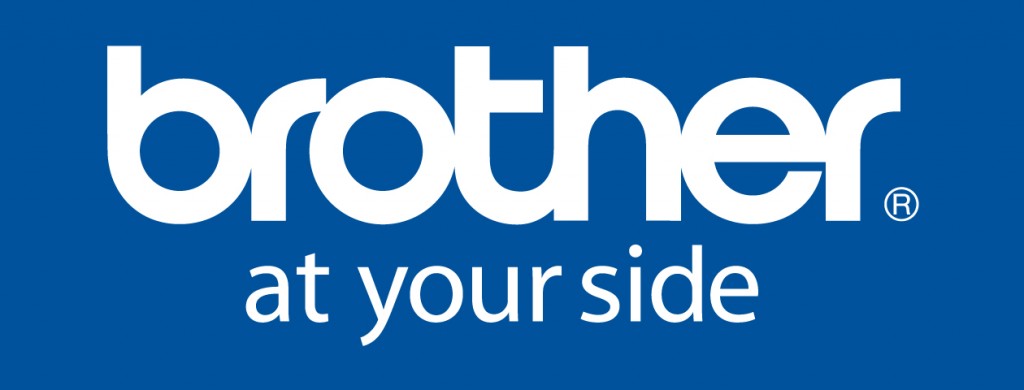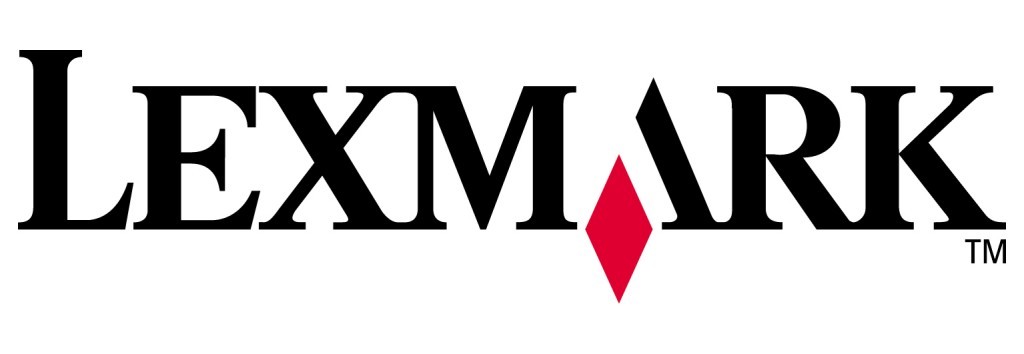Inkjet Wholesale News aims to provide updates on the latest significant occurrences in the field of printing. Whether it’s the launch of a new technology or volatility of market prices, we’ll be here to give you the lowdown on what happened, when it happened, and what it means!
Brother Wins Landmark Class Action Suit in US Involving Its Cartridges
 People have been complaining about the burgeoning costs of cartridges for a very long time. The cost of cartridges is rising because the cost of printers is dropping and Original Equipment Manufacturers (OEMs) have to compensate for it.
People have been complaining about the burgeoning costs of cartridges for a very long time. The cost of cartridges is rising because the cost of printers is dropping and Original Equipment Manufacturers (OEMs) have to compensate for it.
In fact, this is the primary reason why generic or compatible cartridges have become popular in not only Australia but also the rest of the world. While consumers are complaining about the ever increasing prices of genuine cartridges, the OEMs are complaining about the competition they are getting from third party manufacturers of compatible cartridges.
One of the battles of these two connected battles was won by Brother in the US as they beat plaintiffs in a landmark class action suit involving the capacity and capability of their cartridges.
The case was brought against Brother by four plaintiffs in New Jersey under the state’s consumer protection laws primarily because the company is headquartered in that state. The class action suit was filed by four consumers in 2011.
The contention was that people buying some specific models of Brother’s colour laser printers were being adversely affected because the OEM did not or inadequately disclosed design elements of its cartridges.
Essentially, the four accusers were claiming that people were losing money because they had to get replacement cartridges way before the advertised capacities of Brother’s cartridges was being met. The case was interesting because the plaintiffs had tried a number of ways to prove their contention.
Their primary method, however, was to use the Discovery phase of the case which meant that they were trying to substantiate their contention by way of Brother’s documents. Brother had provided thousands of documents which involved deposition of the company’s key employees as well as experts.
During the case, there was even a moment where the plaintiffs claimed that up to 75 percent of the promised yield is not realised by every buyer of Brother toner cartridges. In terms of monetary damage, this equates to up to $200 million!
Brother’s lawyers were looking to oppose the class certification for the case and were trying to secure a summary judgement. Their position was based on the information they had gathered while deposing the plaintiffs as well as the information procured by their specific printers.
Between the two types of information, Brother proved that it was clear that there was no discrepancy between what was advertised for the cartridges in question and their actual performance.
The advertised capacity of Brother’s cartridges is based on the standards set by the International Standards Organisation i.e. page yield on the basis of five percent toner coverage.
The District Court ruled in the favour of Brother and its lawyers. It specified that despite a discovery period of four years, there was no proof that Brother’s cartridges had failed to work as advertised. This was stated in general as well as in the specific case of the plaintiffs’ printers.
When testing was done by experts on the toner cartridges, the results were also heavily in favour of Brother. This was so because all the toner cartridges tested either excelled the advertised capacity or achieved their targets.
While ruling in favour of Brother and its lawyers, the District Court actually refused to classify the motion for class certification. Its reasoning was that none of the four plaintiffs had any cause for injury, because of which, they had no right to sue.
There have been a number of such cases filed against Brother which have gone in favour of the OEM. The cases date back to 2010 and each of them relates to the advertised capacity and design features of Brother’s toner cartridges. None of those cases received the class action certification.
Lexmark’s Revenues Drop in First Quarter Of 2015
 Lexmark has released its financial figures for the first quarter of FY2015. As per the results, the revenue of the company has taken a slight hit when compared to the previous financial year.
Lexmark has released its financial figures for the first quarter of FY2015. As per the results, the revenue of the company has taken a slight hit when compared to the previous financial year.
In the first quarter of FY2015, Lexmark recorded total revenue of $852 million which was $26 million lesser than the revenue recorded in the same period of the last financial year. The drop was to the tune of about three percent as the total revenue last time out was $878 million.
In terms of individual segments, the maximum drop in revenue that Lexmark saw was in its Inkjet Exit group which was to the tune of 34 percent when compared to the same period in the last year. Lexmark’s revenue in its Inkjet Exit segment was to the tune of 34 percent.
The Inkjet Exit group consists of Lexmark’s inkjet hardware both in the business and consumer segments. The company is currently in the process of exiting this industry which explains the massive drop in revenues compared to the previous financial year.
Apart from the Inkjet Exit segment, Lexmark’s biggest drop in revenue came in its Non-MPS segment. The Non-MPS revenue dropped by about six percent and came to rest at $533 million. The MPS segment, on the other hand, saw a revenue boost of about three percent bringing it to $185 million.
The three segments are categorised under Lexmark’s Imaging Solutions and Services division whose overall revenues dropped by six percent when compared to the same period in the last financial year. The revenue of Lexmark’s Imaging Solutions and Services was $766 million.
The revenue of the other major division of Lexmark’s, Enterprise Software, grew by a massive 40 percent, if adjustments were removed. Without adjustments, this is the fastest growing division of Lexmark with total revenue of $90 million. Within this division, deferred software revenue grew by 35 percent while the annualised subscription contract value went by 108 percent.
Even though the revenue of the company took a minor hit, it didn’t affect its profit margins as much as expected since there was only a decline of about 0.2 percent.
Leave a Reply